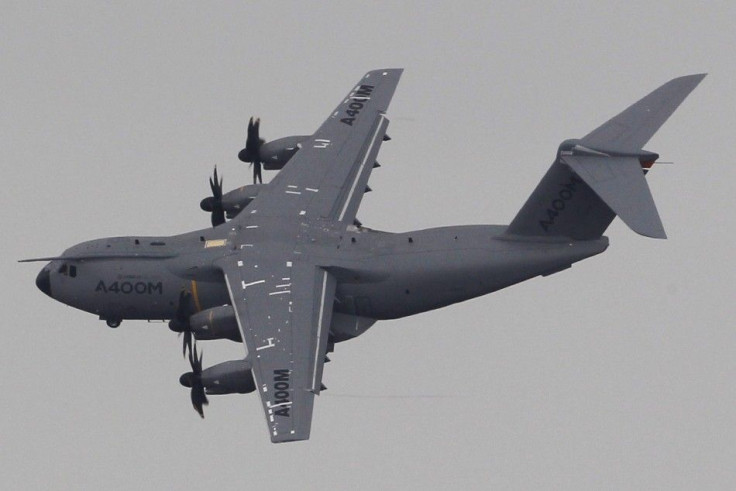Study: How Aircrafts Can Create Extra Rain And Snow

A recent study shows that areas near airports sometimes receive an extra dosage of rain and snow when an aircraft takes off.
The study, from the National Center for Atmospheric Research (NCAR), is focused on when aircrafts cause holes to form in clouds. These cloud holes form when commercial airliners fly through mid-level clouds in certain temperatures, allowing air to rapidly expand and cool. This causes water droplets to freeze to ice and then turn to snow as they fall toward the ground. This often leaves behind odd-shaped gaps in the clouds.
The phenomenon is called cloud seeding, and according to lead author and NCAR scientist Andrew Heymsfield, it only occurs near airports. He said it is more likely to happen in mid- and high-latitude areas during colder months.
It appears to be a rather widespread effect for aircraft to inadvertently cause some measureable amount of rain or snow as they fly through certain clouds, said Heymsfield. This is not necessarily enough precipitation to affect global climate, but it is likely to be noticeable around major airports in the midlatitudes.
Cloud seeding happens when a turboprop plane flies through a mid-range cloud layer with temperatures about five degrees Fahrenheit or lower (about -15 degrees Celsius or lower). The tips of its propellers can cause the air to rapidly expand. As it expands, it cools and causes the supercooled droplets to freeze into ice particles that evaporate the droplets and grow, falling out of the clouds as snow or rain. For jet aircrafts, the temperature needs to be even lower at -4 to -13 degrees F or-20 to -25 degrees C.
Heysmfield and company used satellite images and weather forecasting computer models to see how this phenomenon affects temperatures near six airports. They used London Heathrow, Frankfurt, Charles De Gaulle (Paris), Seattle-Tacoma, O'Hare (Chicago), and Yellowknife (Northwest Territories, Canada), as well as Byrd Station in Antarctica.
The team decided to study the weather patterns within a 62 mile radius of those airports. They chose 62 miles because that is the distance it takes an aircraft to reach 10,000 feet, where many of the supercooled cloud layers are located. Of the airports studied, Frankfurt, DeGaulle, and O'Hare were the most likely to be affected by the cloud seeding affect, with it occuring five percent of the time the researchers studied. For the other airports, it happened three percent of the time.
Various aircrafts are able to make the phenomenon occur including commercial jets (such as Boeing 757s and the McDonnell Douglas MD-80 series of jets), military aircraft (B-52s), various regional and private jets, turboprops, and prop/piston planes.
It appears that virtually any airplane that flies through clouds containing liquid water at temperatures much below freezing can cause this effect, Heymsfield said.
Follow Gabriel Perna on Twitter at @GabrielSPerna
© Copyright IBTimes 2024. All rights reserved.





















